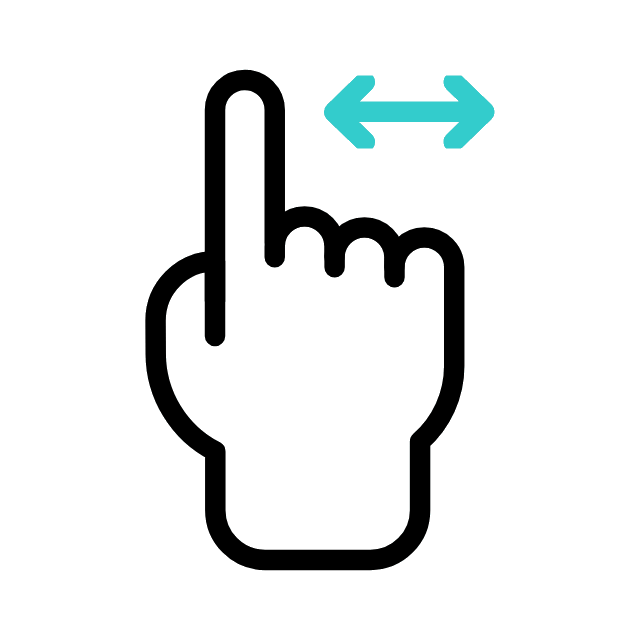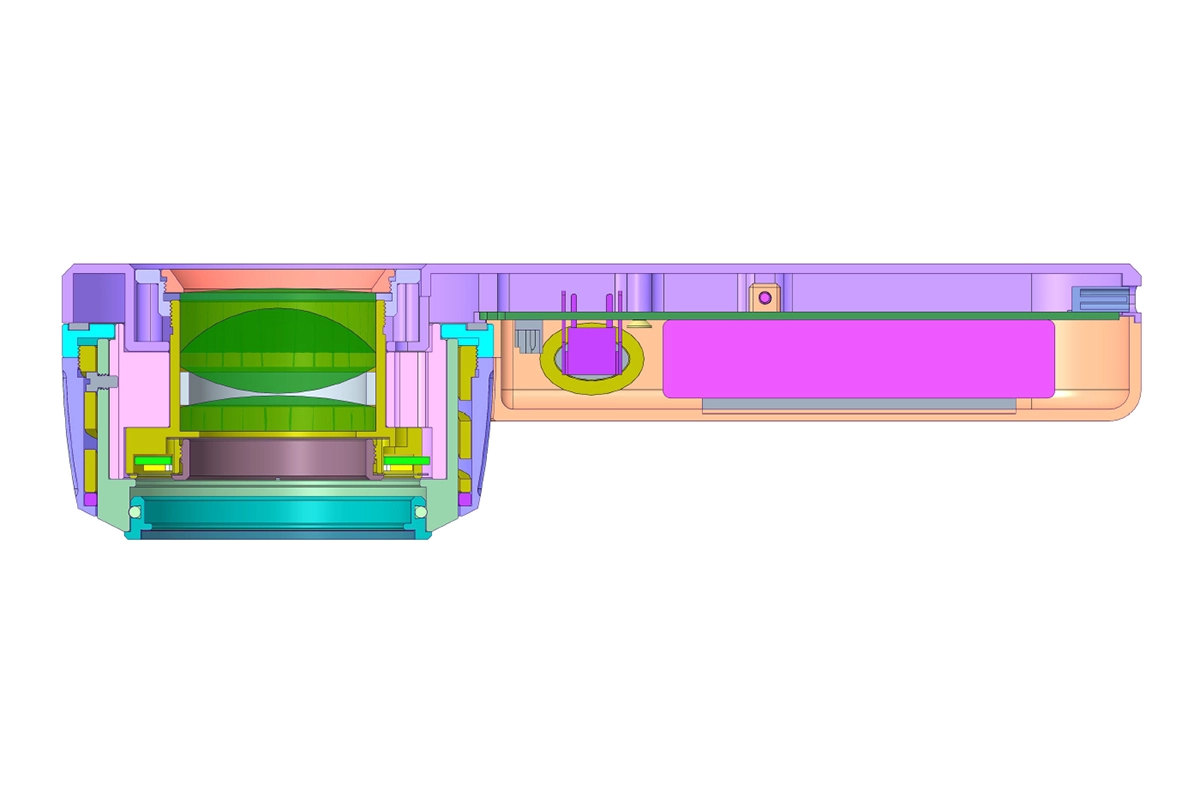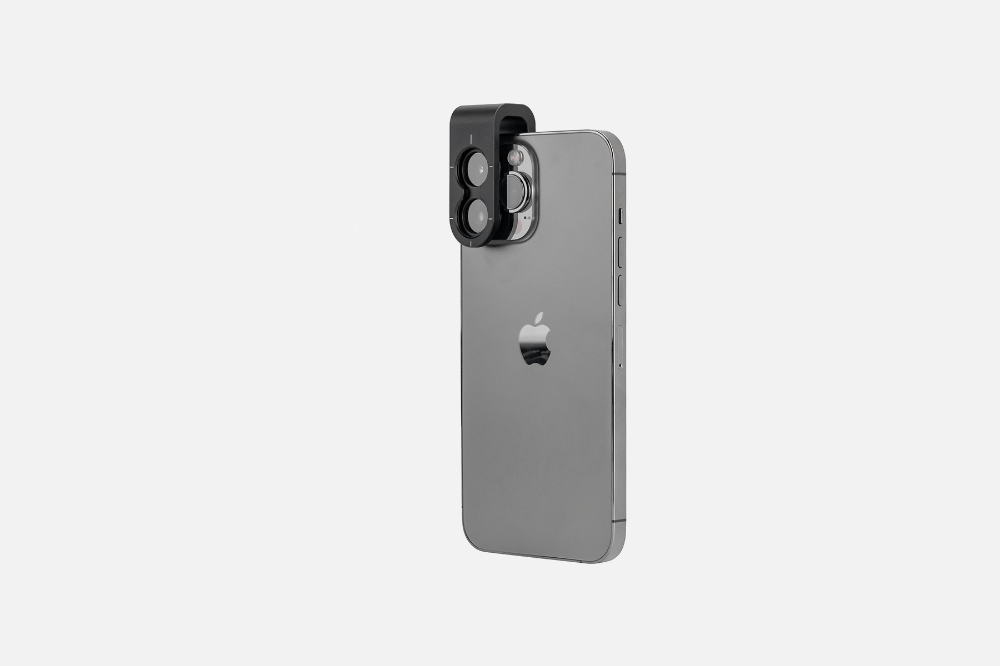Subtotal: $39.00
Handheld Dermatoscope | Professional Skin Analysis Tool | IBOOLO
Discover the IBOOLO handheld dermatoscope, a professional-grade tool for accurate skin analysis. Featuring high-resolution optics, dual-mode lighting, and seamless digital integration. Trusted by experts for early detection. Explore our full range now!
The Professional's Choice: A Comprehensive Guide to the Handheld Dermatoscope
The handheld dermatoscope has become an indispensable tool in modern dermatology. More than just a magnifying glass, this portable instrument provides a high-resolution window into the skin's subsurface layers, enabling the early detection of skin cancer and the accurate diagnosis of various skin conditions. This guide is designed for professionals and those seeking a deeper understanding of these essential devices. It explores the core technology, critical features, and evolving role of the handheld dermatoscope in today's clinical and digital landscape.
Understanding the Core Technology of a Handheld Dermatoscope
At its heart, a handheld dermatoscope is an advanced optical device that combines high-powered magnification with specialized lighting. It uses either polarized or non-polarized light—or both—to illuminate a lesion. The magnification, typically ranging from 10x to 40x, reveals fine details such as pigment networks, vascular patterns, and border irregularities that are invisible to the naked eye. The device’s compact, ergonomic design allows for ease of use and maximum flexibility in a clinical setting.
Key Features for Professional Use:
- Polarization Modes: The ability to switch between polarized and non-polarized light is critical. Polarized light eliminates surface glare, revealing deeper structures, while non-polarized light is better for assessing surface features like scales and milia.
- High-Resolution Optics: Lenses with multi-layer anti-reflection coatings are essential for a clear field of view and accurate color representation.
- Digital Integration: Modern handheld dermatoscopes often feature digital capabilities, allowing for direct image capture and seamless integration with electronic health records (EHR) and patient data management systems.
From Diagnosis to Telemedicine: Clinical Applications of the Handheld Dermatoscope
The role of the handheld dermatoscope extends far beyond traditional skin cancer screening. Its versatility makes it a valuable tool across a wide range of dermatological applications.
- Skin Cancer Screening: The primary application remains the early detection of melanoma and non-melanoma skin cancers. A quality handheld dermatoscope helps clinicians apply the ABCD criteria (Asymmetry, Border, Color, and Diameter) with a higher degree of precision.
- Hair and Scalp Disorders: Known as trichoscopy, the use of a dermatoscope for examining hair shafts and follicular openings is crucial for diagnosing conditions like alopecia.
- Inflammatory Conditions: It assists in the assessment of inflammatory skin conditions such as psoriasis and lichen planus by highlighting key vascular and structural patterns.
- Patient Education: By allowing patients to see their own skin conditions magnified on a screen, the handheld dermatoscope improves communication and patient compliance with treatment plans.
The Future is Here: AI and Connected Handheld Dermatoscopes
The evolution of the handheld dermatoscope is now closely tied to advancements in artificial intelligence and telemedicine. The ability to capture high-quality digital images has paved the way for AI-powered analysis tools that can assist clinicians with pattern recognition, risk assessment, and change detection. Furthermore, a connected handheld dermatoscope facilitates remote consultations, allowing for expert opinions and diagnoses regardless of geographical location. This is not just a trend; it is the future of proactive and accessible dermatological care.
Choosing a Handheld Dermatoscope: A Quality Checklist
Selecting the right handheld dermatoscope for your practice is a critical decision. Consider these factors to ensure you choose a device that meets your professional needs and provides long-term value:
- Build Quality and Durability: Look for aerospace-grade aluminum housing and a robust design that can withstand daily clinical use.
- Battery Performance: A reliable device should offer a long-lasting battery for continuous use and convenient charging options like USB-C.
- Certification: Ensure the device has relevant medical certifications like FDA Class I or CE Mark approval.
- Supplier Reputation: Choose a reputable supplier with a track record of quality, excellent customer support, and comprehensive warranties.
At IBOOLO, we understand the demands of modern dermatology. Our devices are engineered to the highest standards, offering the perfect combination of professional-grade optics, robust design, and advanced features. With a focus on quality and innovation, our handheld dermatoscope solutions are trusted by professionals worldwide to deliver accurate and reliable results.
Recommended reading
High Quality Dermoscopy Meaning Created in Our Products Supply Based in China - IBOOLO
Our China products supply hub couples world-class portability with elite precision, using seasoned expertise to develop high quality dermoscopy meaning for flawless skin visualization anywhere through compact size.
China Skin Cancer Dermoscopy Products Supply Specializes in Professional Items - IBOOLO
Our China products supply creates clinical quality Professional skin cancer dermoscopys enabling powerful skin magnification from anywhere through thoughtful craftsmanship.
China Products Supply Provides Wholesale Dermatoscope Phone Attachments for Clients - IBOOLO
As an expert China products supply, we use exacting wholesale production methods to manufacture high-quality dermatoscope phone attachment solutions tailored for every customer.
Professional Handheld 10X Magnify DE-4100 Dermatoscope
Professional Handheld 10X Magnify DE-4100 Dermatoscope
$699.00
-
In Stock
-
Arrive in 5-7 days
-
Free Shipping Worldwide $59+
-
2 Years Warranty
- 10 x Magnification
- 32mm wide field of view (Aperture)
- Polarized, non-polarized, and amber lightillumination
- Detachable protective glass
- Automatic shutdown
- Included adapter fits all phone
- Bright LED illumination lights with 3 levels of brightness control
- All-metal housing
| Material | Aluminum & Glass |
| Optical Design | All glass, 4 elements 3 groups, anti-reflection coating |
| Lens Diameter | 40mm(front); 32mm(rear) |
| Magnification | 10x |
| Distortion | 5% |
| Polarization | Cross Polarization |
| Resolution | 300 LP/MM (Axis) 280 LP/MM (Edges) |
| LED | 22 LEDs, 12 polarization, 6 non polarization, 4 amber polarization |
| Battery Capacity | 1000mAh Lithium ion |
| Charging | USB-C |
| Working Time | 6-8 hours |
| Focus Distance | 20-30mm |
| Dimension | Φ58mm*H44mm*L196.5mm |
| Weight | 312g |
$699.00
-
In Stock
-
Arrive in 5-7 days
-
Free Shipping Worldwide $59+
-
2 Years Warranty
Related documents & accessories
-
Cross Infection Protector for DE-4100
$3.90 – $14.90
-
Case for iPhone
$15.90
Related documents & accessories
Cross Infection Protector for DE-4100
$3.90 – $14.90
Case for iPhone
$15.90
How to Use
Check out our step-by step quick start guide of the device.
Why Choose IBOOLO DE-4100 Dermatoscope
Under Naked Eye
Our dermoscopy is designed to support you in this endeavor - enhance a doctor’s view of the skin as much as possible.
Dermatoscopes are handy tools for spotting skin cancer, but they also help check out common skin issues like atopic eczema, psoriasis, rosacea, Grover’s disease or lichen ruber planus in daily practice.
A Picture Speaks a Thousand Words
Toggle to hold the "after" image


How Does it Compare
There’s an influx of dermatoscope on the market. Our devices are remarkable blend of pro-level features and affordable price. Their premium optics and efficient LED system delivers sharp & precise images.
- OPTICAL DESIGN
- LENS DIAMETER
- MAGNIFICATION
- LIGHTING SYSTERM
- BATTERY
- CONNECTABILITY
- ADJUSTABLE
- COST

| Product | LENS DIAMETER | OPTICAL DESIGN | MAGNIFICATION | LIGHTING SYSTERM | BATTERY | CONNECTABILITY | ADJUSTABLE | COST |
|---|---|---|---|---|---|---|---|---|
DE-4100 |
48mm/32mm | 4 elements 3 groups | 10 times | 22 LEDs, polarise, non polarise, amber light | 1000mAh | naked eye, phone, tablet, digital camera | focus & brightness | $699.00 |
DE-3100 |
32mm/25mm | 4 elements 3 groups | 10 times | 30 LEDs, polarise, non polarise, amber light | 1000mAh | naked eye, phone, tablet, digital camera | focus | $499.00 |
DE-500 |
25mm/17mm | 4 elements 3 groups | 10 times | 16 LEDs, polarise, non polarise, UV light | 200mAh | smartphone & tablet | brightness | $359.00 |
DE-400 |
46mm/17mm | 4 elements 3 groups | 10 times | 12 LEDs, polarization, non polarization | 200mAh | smartphone & tablet | non adjustable | $179.00 |
What’s in the Box?

- DE-4100Dermatoscope
- Magnetic Phone Adapter
- Charging Cable
- Clean Cloth
- Carrying Case
- User Manual
Shot on Spot
Reviews
1 review for DE-4100 Dermatoscope
Only logged in customers who have purchased this product may leave a review.
Learn More
Skin Lesions Under IBOOLO DE-3100 Dermoscope
The DE-3100 is the first handheld optical dermatoscope launched by IBOOLO. It is a fully functional and highly practical dermatoscope. Why You Should Buy the IBOOLO DE-3100? The IBOOLO DE-3100…
Skin Lesions Under IBOOLO DE-500 Dermoscope
The DE-500, launched in July 2025 as the latest model in the IBOOLO pocket dermatoscope series, represents a significant performance upgrade compared to previous devices in the same line. What’s…
Why is the IBOOLO Dermatoscope the Best Dermatoscope?
A dermatoscope is a handheld optical instrument that combines a 10x achromatic lens with a controlled light source to perform non-invasive, in-vivo surface microscopy of skin and mucosal lesions. By…


 Small Contact Plate for DE-4100
Small Contact Plate for DE-4100 

























































Marcia Costa Mexico
–
Mexico
–
amei meu dermatoscopio.perfeita qualidade !!!! o vendedor super atencioso! rapidez na entrega do produto, chegou super bem embalado . super recomendo!!!!!